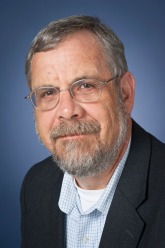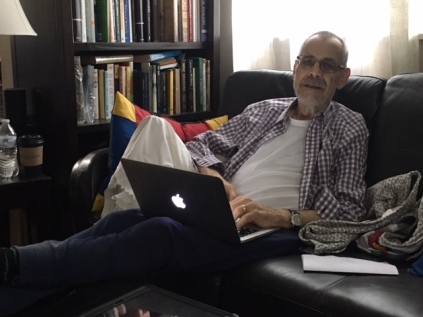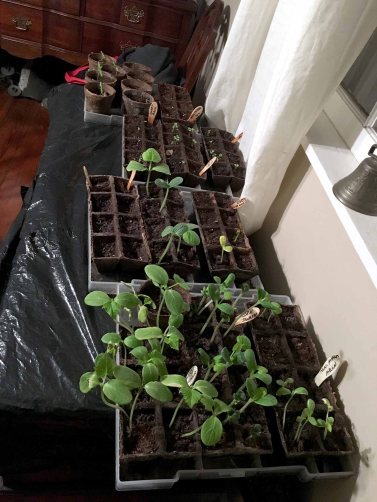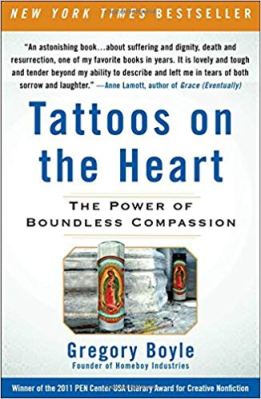My husband Robert, the love of my life – my heart and soul – died on August 20. He fought a difficult battle for 2.5 years with gastric cancer. He is now healed and suffers no longer. This blog will continue in some form, when I am healed enough to write, as he wanted to spread words of love and hope for anyone recovering from any affliction. Please assist by inviting others to read his words.
For now, here is his obituary:
Robert Connolly, an education/museum professional, anthropologist, community activist, and advocate, died Tuesday, August 20, 2019 at his home as a result of complications from cancer. Robert was born on March 26, 1952 in Cincinnati, Ohio. Early in his life he worked as an industrial machinist for various companies, including the General Electric Jet Engine Group. In 1989 he received his B.A., followed by an M.A. in anthropology from the University of Cincinnati. He completed his Ph.D. at the University of Illinois at Urbana-Champaign. Robert began his academic career teaching at the University of Cincinnati and the University of Illinois at Urbana-Champaign. He did field work as an archaeologist for the State of Mississippi and later became the Station Archaeologist for Poverty Point Historical Site in Northeast Louisiana. There he worked to facilitate its designation as a World Heritage Site.
In Robert’s words, he made the best decision of his life when he married Emma in 1999. In Jackson, Mississippi, Robert was the administrator of St. Andrew’s Episcopal Church. Before his institutional and academic career ended in retirement, Robert served as an Associate Professor of the Department of Anthropology and Department of Earth Sciences at the University of Memphis. He also served as director of the C.H. Nash Museum at Chucalissa. He published numerous academic papers, teaching documents, and field reports. He particularly enjoyed working with indigenous communities in Peru, Ecuador, Guatamala, Honduras, Yucatan, Turkey and Panama. After retirement, he was happily involved with Rayne United Methodist Church, in particular teaching and outreach. One of his highest gifts and passions was mentoring students into the best version of themselves.
In his own words, Robert liked most of all being with Emma, living into the process, “aha” moments, facilitating the exploration of big ideas, reading, travel on 2-lane highways, computer graphics, biking, writing, photography, baking, eating, hanging with the grandkids, heat and humidity, recovery, and all those two-room country museums spread across this country. In 2013, Robert began writing a blog (“A Process, Not an Event”) about his long-term recovery from alcoholism and his cancer diagnosis. It was written as a path to understanding and a story of spirituality, acceptance, and life lived on life’s terms.
He is survived by his wife, Emma French Connolly of New Orleans; mother Mary Connolly, brother Bill, sister Kathy, and brother-in-law Tim Grant, all of Cincinnati; stepchildren John Cerami and Alissa Cerami of Jackson, and Jennifer Bogart of New Orleans; numerous nieces, nephews and grandchildren; and Grace, his rescue golden retriever, that was always nearby at the end of his journey.
The family thanks the entire congregation of Rayne Methodist, the staff of Compassus Hospice, and The Neptune Society of New Orleans. A memorial service will be held at Rayne Memorial United Methodist Church, 3900 St. Charles Avenue, New Orleans, Louisiana on Saturday, August 24, 2019 at 11am, visitation at 10am. In lieu of flowers, the family requests memorials to Rayne Memorial UM Church, and to The School for Contemplative Living in New Orleans.









